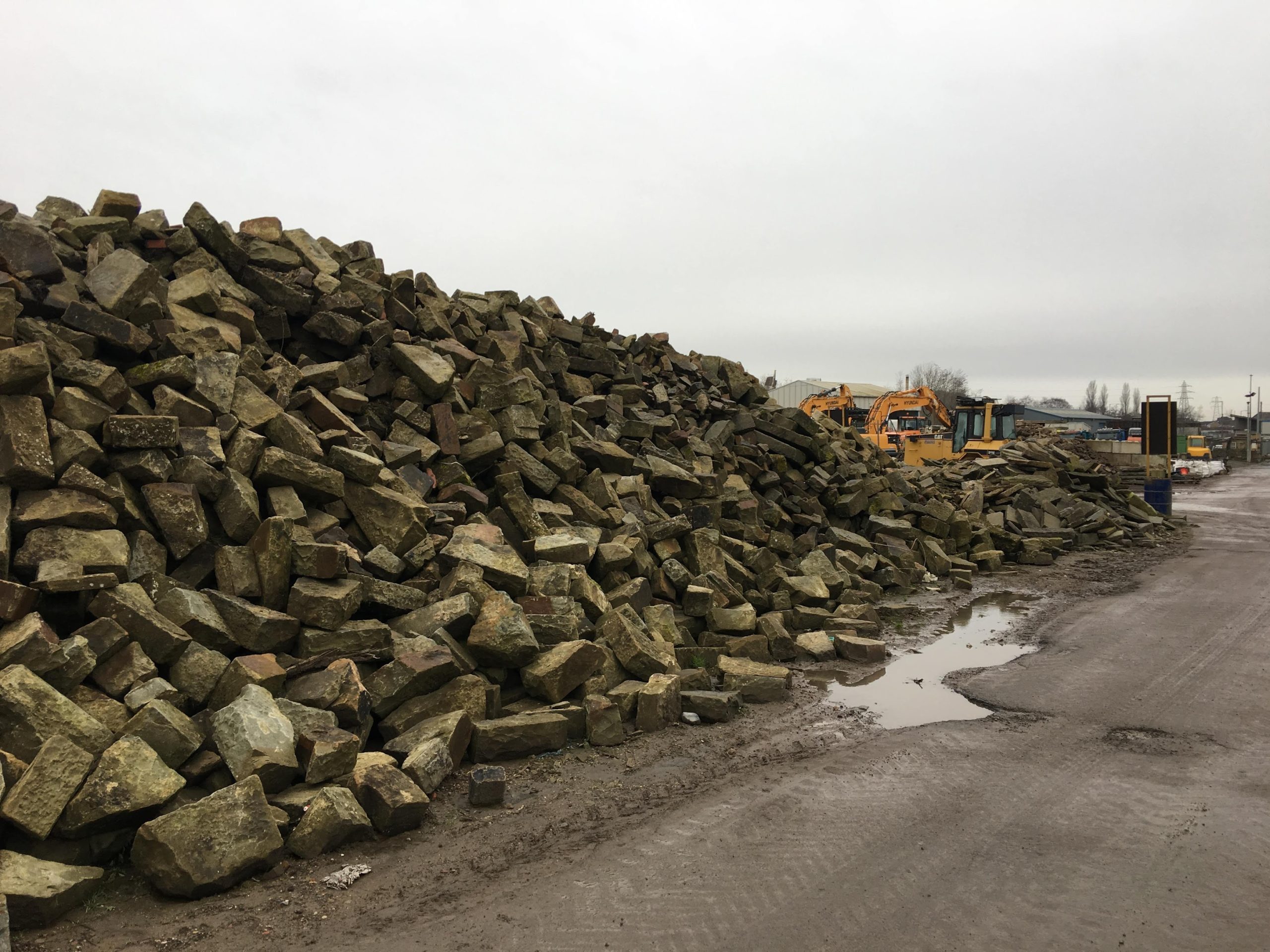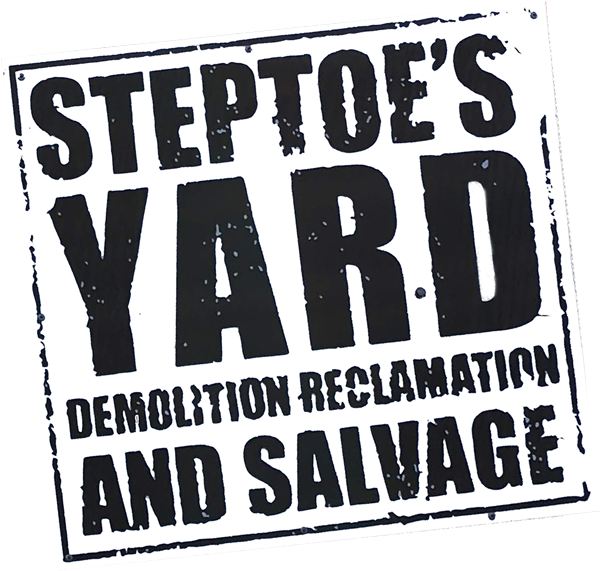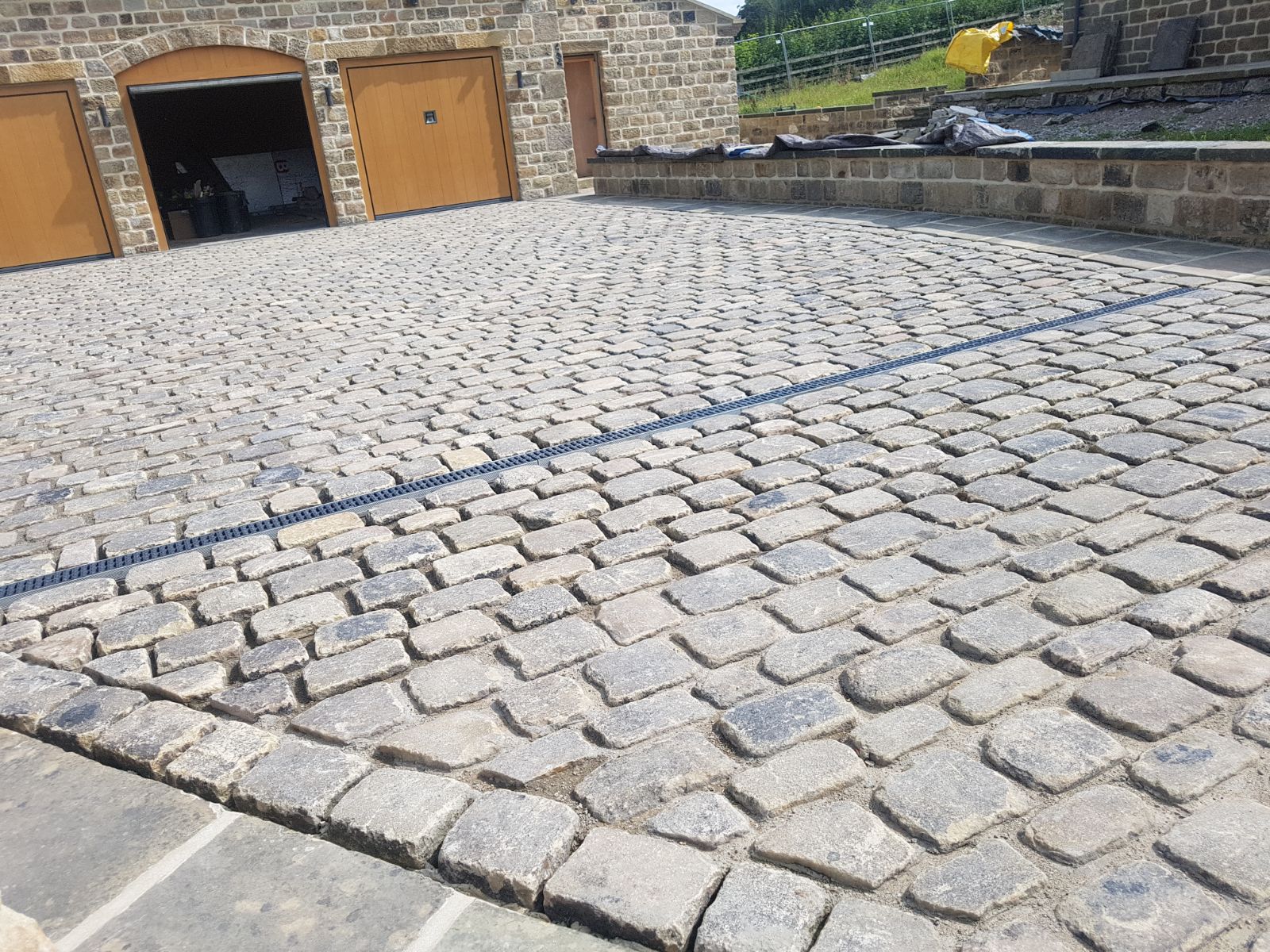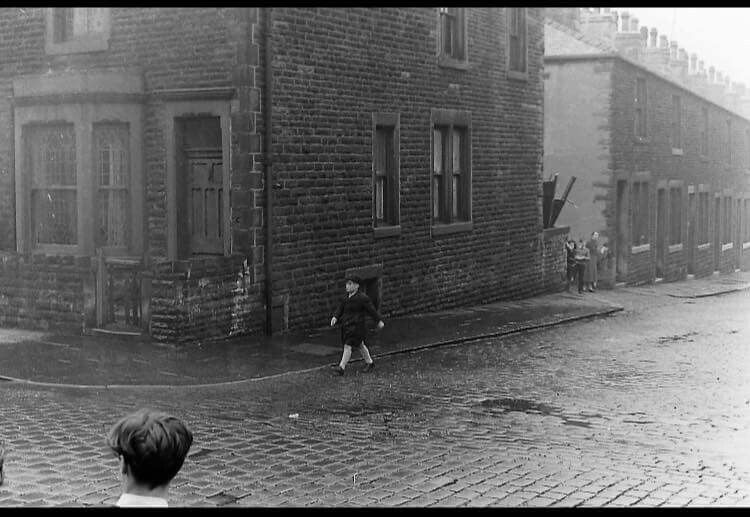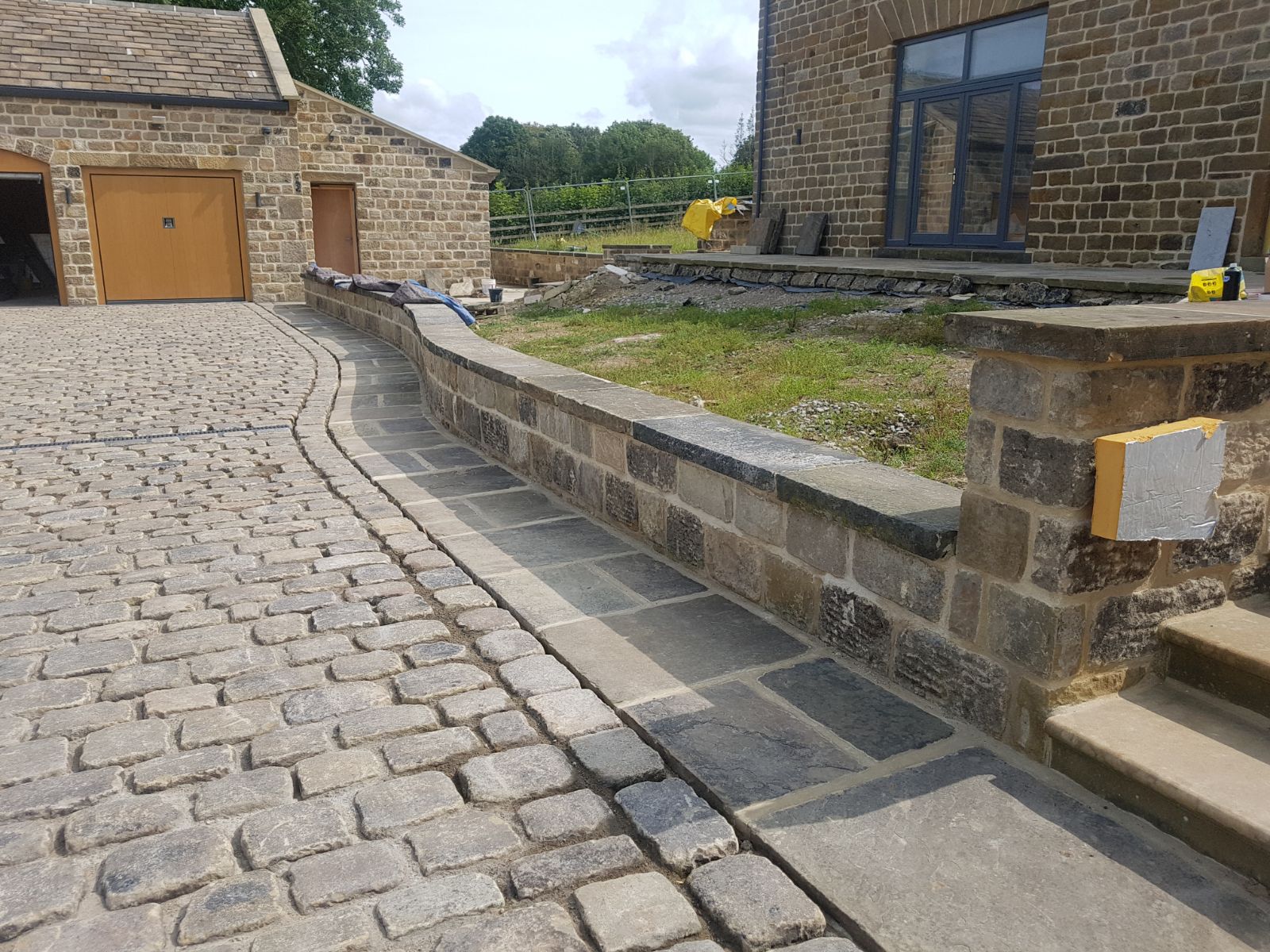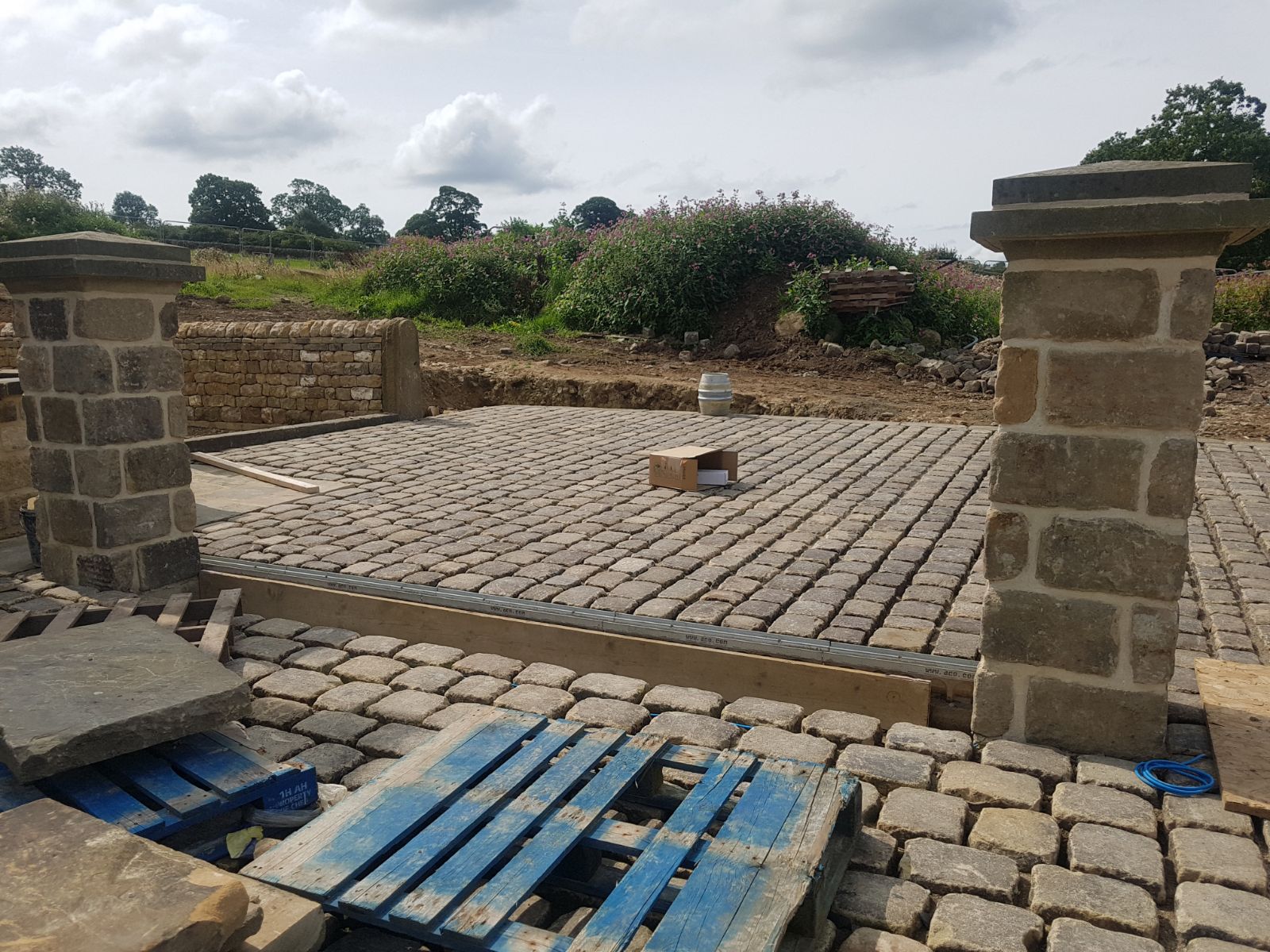They were also popular in urban areas because they helped reduce the dust and dirt typically kicked up by horse-drawn carriages and carts.
By the early 20th century, cobblestones began to fall out of favour as more modern materials, such as asphalt and concrete, developed.
However, the use of cobblestones persisted in certain areas where they were valued for their historical and aesthetic appeal.
In some cities, these natural stones were preserved and used as a design element in new construction projects.
Today, cobblestones remain a popular feature in many cities around the world.
In Europe, cobblestone streets and sidewalks are familiar in many historic towns, including Paris, Rome, and Prague, and in the UK, from our capital city London and historic towns such as Bath, Cambridge, Chester, Salisbury, Lancaster, York, and many other small rural towns and villages.
Cobblestones are often used in historic districts and as a design element in new construction projects.
While cobblestones may no longer be the primary material used for road surfacing, their durability and beauty continue to make them a valuable resource in urban design.
And as cities continue to grow and evolve, cobblestones will likely play an essential role in shaping the look and feel of urban environments for generations to come.
One of the critical reasons for the durability of cobblestones is their natural composition.
Cobbles were essential to helping cities evolve
These stones are typically made from dense, hard-wearing materials formed over thousands of years.
In addition to their natural strength, cobbles are also incredibly versatile. They can be laid in a variety of patterns and shapes, allowing for the creation of unique and visually appealing designs.
This versatility makes them popular for urban designers and architects looking to create distinctive public spaces that can withstand heavy use over time, particularly when paired with Yorkstone paving flags.
Another factor contributing to cobblestones’ durability is their ability to adapt to changing weather conditions.
Because they are made from natural materials, cobblestones can expand and contract with changes in temperature and humidity.
Despite their durability, cobblestones require some maintenance to remain in good condition over time.
Regular cleaning and occasional repairs may be necessary, particularly when heavy vehicles or equipment are frequently used.
However, with proper care and attention, cobblestones can last for decades or centuries, making them a valuable investment for any urban environment.
A cobblestone driveway is a timeless and elegant addition to any home.
The natural beauty and texture of the stones create a unique and distinctive look that can complement various architectural styles.
Whether you want to create a classic, old-world aesthetic or a more modern and minimalist feel, a cobblestone driveway is a versatile choice that can be customised to suit your taste. One of the critical features of a cobblestone driveway is its visual texture.
Because cobblestones are made from natural materials such as granite or sandstone/gritstone, each stone has its unique colour and texture.
When these stones are laid together in a pattern, they create a visually exciting and tactile surface that can add depth and character to your driveway.
Cobbles and cobblestones provide aesthetic appeal
Natural stone cobbles can enhance the aesthetic appeal of any space, infusing it with a touch of rustic charm and timeless elegance.
These natural stones, with their irregular shapes, varying sizes, and captivating hues, bring a sense of authenticity that resonates with traditional and modern design sensibilities.
The allure of cobbles and cobblestones lies in their ability to create visual textures that capture the eye and engage the senses.
Their unique characteristics tell a story of nature’s artistry, where each stone bears the marks of time and wear. When meticulously arranged, these stones transform ordinary surfaces into enchanting pathways, driveways, and courtyards that beckon exploration.
Whether set in a quaint cottage garden surrounding water features, Scottish cobbles in a historic town square, or a contemporary urban setting, cobbles and cobblestones lend a distinct personality to any space.
They add depth, dimension, and character that manufactured materials cannot replicate. The contrast between the irregular forms of the stones and the linear aspects of architectural elements creates a harmonious interplay that resonates with human emotions and experiences.
Cobbles and cobblestones also evoke a sense of nostalgia, harkening back to bygone eras where streets were paved with care and craftsmanship.
This sense of history is precious in modern design, where the juxtaposition of old and new creates a captivating narrative. These stones connect the present to the past, honouring traditions while enriching contemporary spaces with their enduring charm.
Furthermore, cobbles and cobblestones offer a canvas for creative expression.
Designers and architects can play with patterns, colour combinations, and arrangements to craft one-of-a-kind designs that reflect their vision.
Whether used in herringbone patterns, random layouts, or intricate mosaics, these stones lend themselves to many design possibilities, allowing spaces to become unique reflections of their inhabitants.
